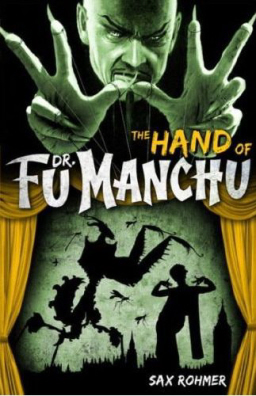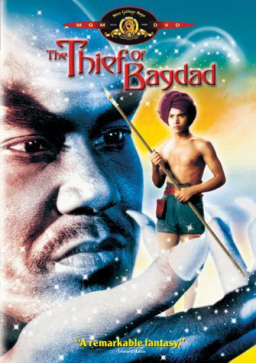Blogging Austin Briggs’ Flash Gordon, Part Six – “The Radium Mines of Electra”
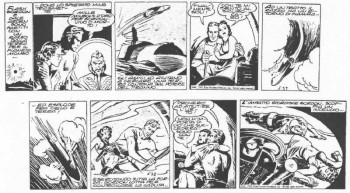
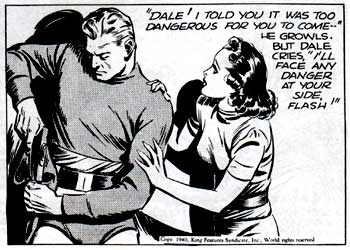 “The Radium Mines of Electra” was the sixth installment of Austin Briggs’s daily Flash Gordon comic strip serial for King Features Syndicate. Originally published between April 27 and July 11, 1942, “The Radium Mines of Electra” is the closest the daily strip has yet come to seeming like authentic Flash Gordon. While Briggs has not yet matched his mentor’s illustrative splendor in depicting Mongo, the storyline is one that might have been found in the Sunday strip.
“The Radium Mines of Electra” was the sixth installment of Austin Briggs’s daily Flash Gordon comic strip serial for King Features Syndicate. Originally published between April 27 and July 11, 1942, “The Radium Mines of Electra” is the closest the daily strip has yet come to seeming like authentic Flash Gordon. While Briggs has not yet matched his mentor’s illustrative splendor in depicting Mongo, the storyline is one that might have been found in the Sunday strip.
The story kicks off with Flash, Dale, Zarkov, and Rodan thrown into prison by Colonel Banto upon returning King Radiol to the Kingdom of Electra. The King intercedes on his friends’ behalf, informing the Colonel that they are his guests, not his prisoners, and ordering their release. Banto remains suspicious of the foreigners, for they did take the King hostage originally. A nice bit of romantic intrigue develops with the introduction of Princess Jolia, the King’s daughter, who is immediately smitten with Flash. When Dale spies Flash dancing with the Princess at a ball thrown in honor of the King’s homecoming, she retaliates by making out with Rodan on the balcony.
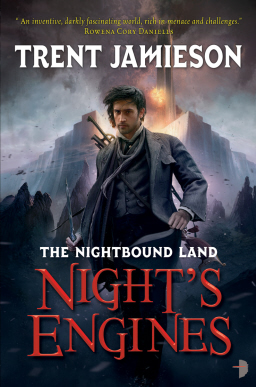

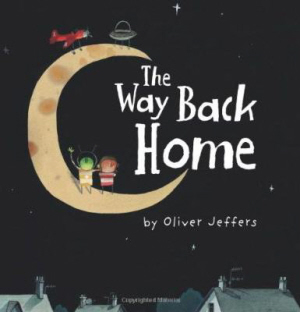

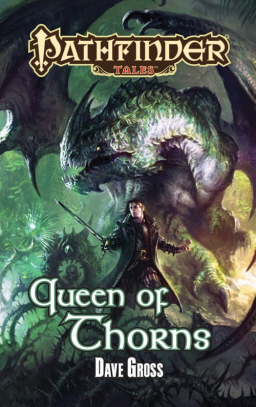
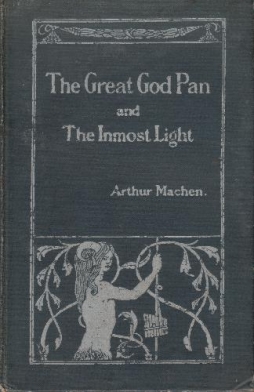 Arthur Machen first published a version of “The Great God Pan” in 1890, in a magazine called The Whirlwind; then revised and extended the tale for its republication as a book in 1894, when it was accompanied by a thematically-similar story called “The Inner Light.” It’s a fascinating work, creating a horrific mood mostly through suggestion and indirection. Nowadays, one looks at it and notes very Victorian attitudes toward women. At the time of its original publication, the story’s implied sexuality caused real scandal.
Arthur Machen first published a version of “The Great God Pan” in 1890, in a magazine called The Whirlwind; then revised and extended the tale for its republication as a book in 1894, when it was accompanied by a thematically-similar story called “The Inner Light.” It’s a fascinating work, creating a horrific mood mostly through suggestion and indirection. Nowadays, one looks at it and notes very Victorian attitudes toward women. At the time of its original publication, the story’s implied sexuality caused real scandal. I should probably blame the whole thing on John O’Neill and Eric Knight.
I should probably blame the whole thing on John O’Neill and Eric Knight.